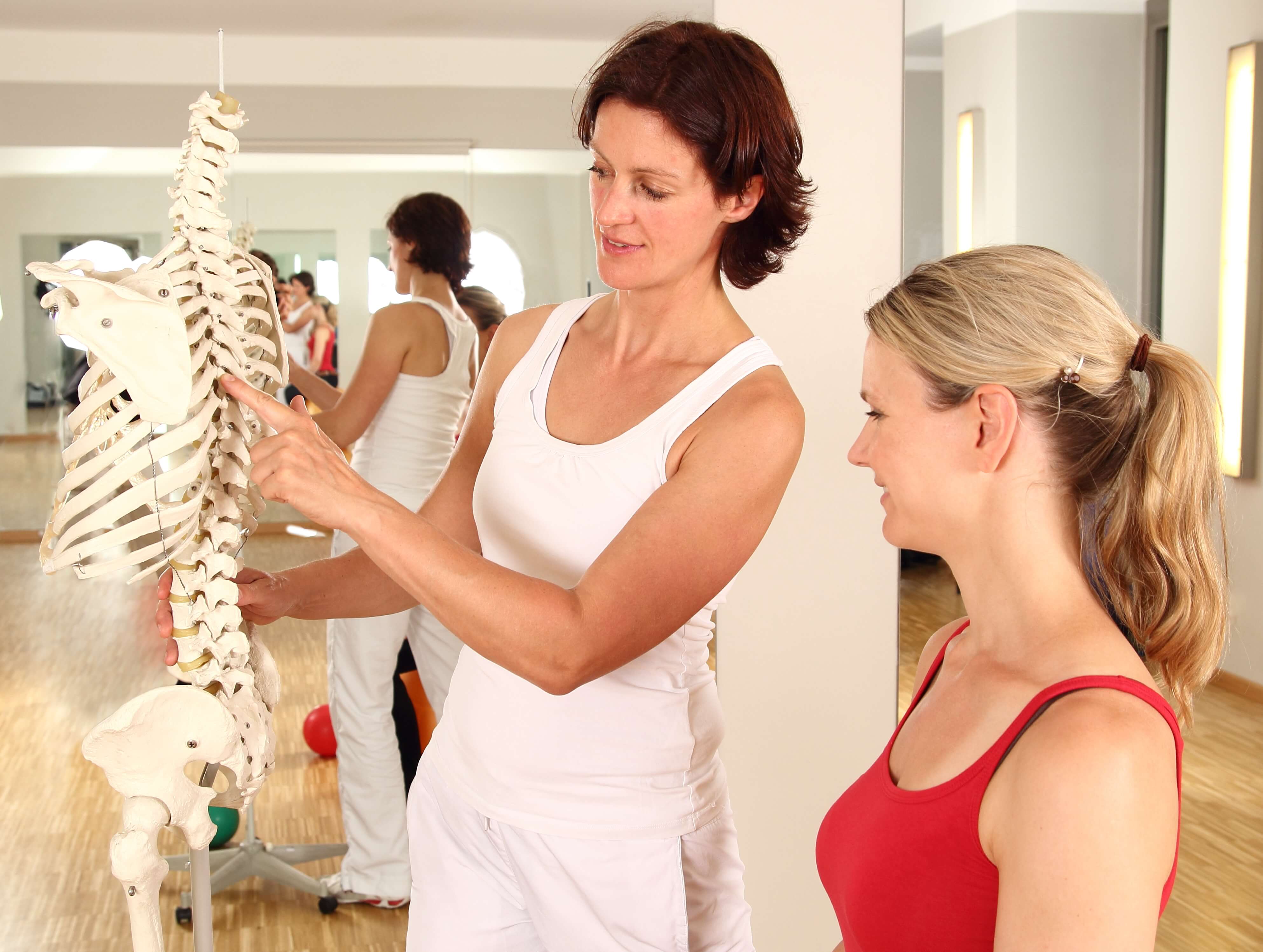Mid Back Pain
Mid back pain occurs in an area between the neck and lower back, known as the Thoracic Spine. The thoracic spine consists of 12 vertebra from which the ribs attach to. Due to the rib cage attachment, the thoracic spine has less movement compared to the cervical (neck) and lumbar (low back) spine.
Long term postural strain (such as prolonged sitting) can cause the thoracic spine to stiffen and lose further movement again. This in turn can become a negative cycle where the stiffness promotes loss of range, which in turn encourages even greater stiffness, and so on and so forth. Pain in the thoracic spine may also happen following an injury, such as a fall or car accident, as well as insidiously.
Stiffness or loss of movement of the thoracic spine can lead to pain in this area, may refer around the ribs, to the sternum (breast bone), down the arms and even into the lower back. Discomfort whilst breathing, coughing and sneezing are all common symptoms of thoracic pain.

Manual therapy provided by a physiotherapist is often very beneficial for relieving such symptoms, and most people will find an improvement in their pain after just one session. Manual therapy of the thoracic spine mostly includes soft tissue massage and joint mobilisation. Your therapist may also choose to tape or strap you to help de-load any structures under excessive strain or aid with postural re-education.
Your physiotherapist will also likely provide you with some home exercises to encourage further mobility of the thoracic spine that will aid the joints to move in a normal pattern. Postural re-education and strengthening exercises are also commonly prescribed, as are deep breathing exercises. Together, these types of exercises will lower your risk of symptom re-occurrence and ensure your thoracic spine maintains the mobility it should.
.svg)